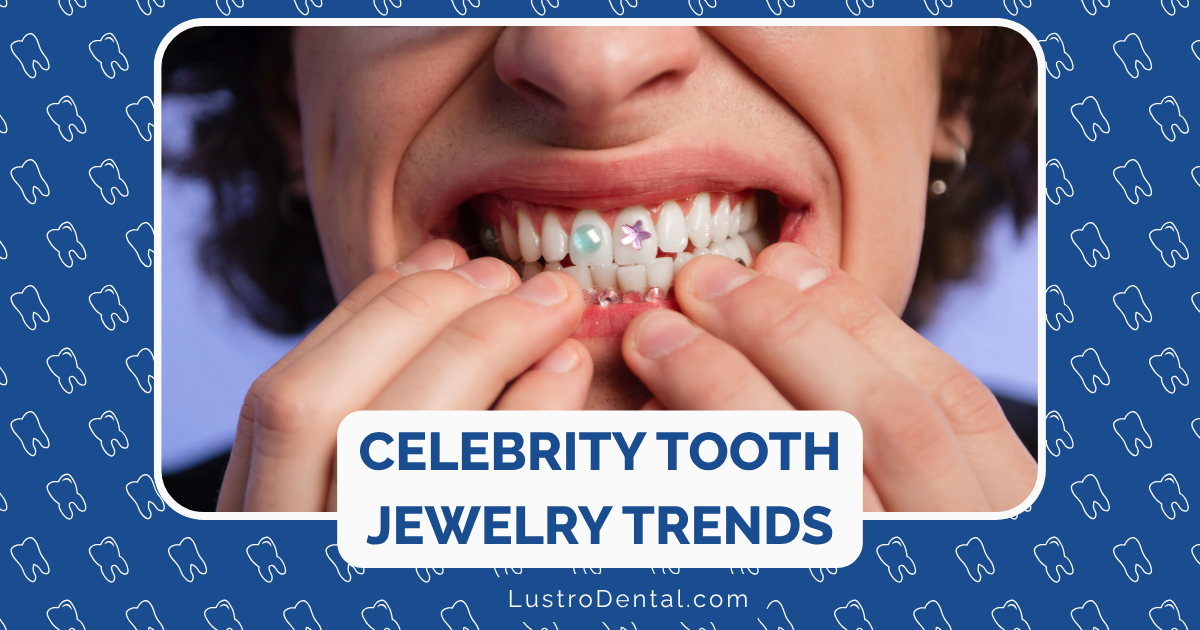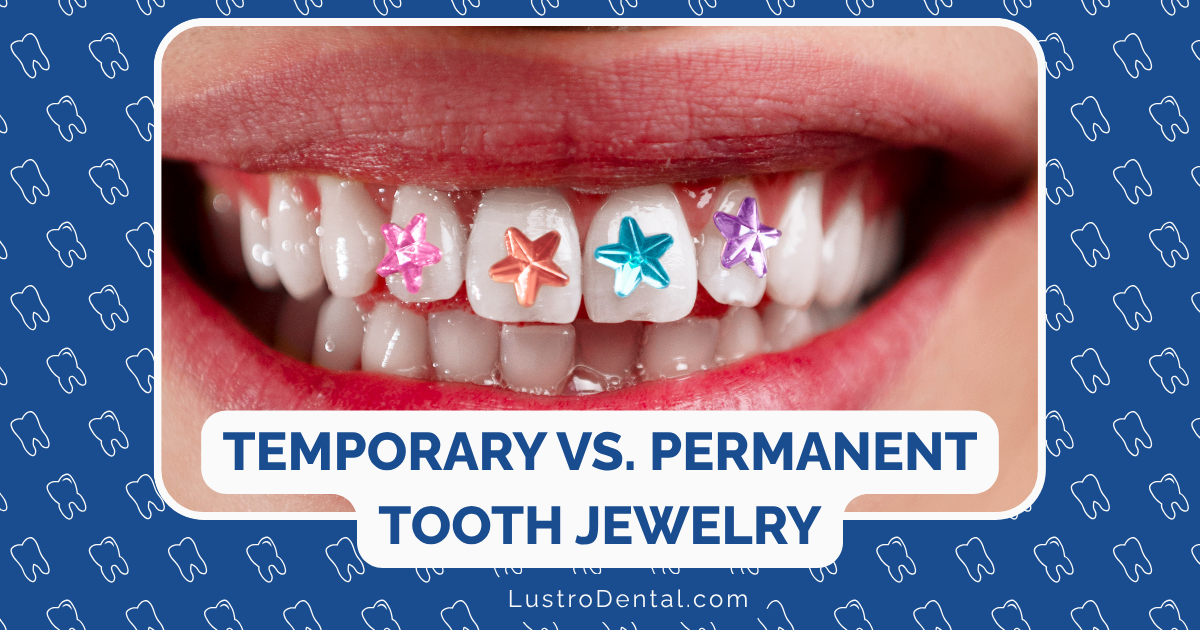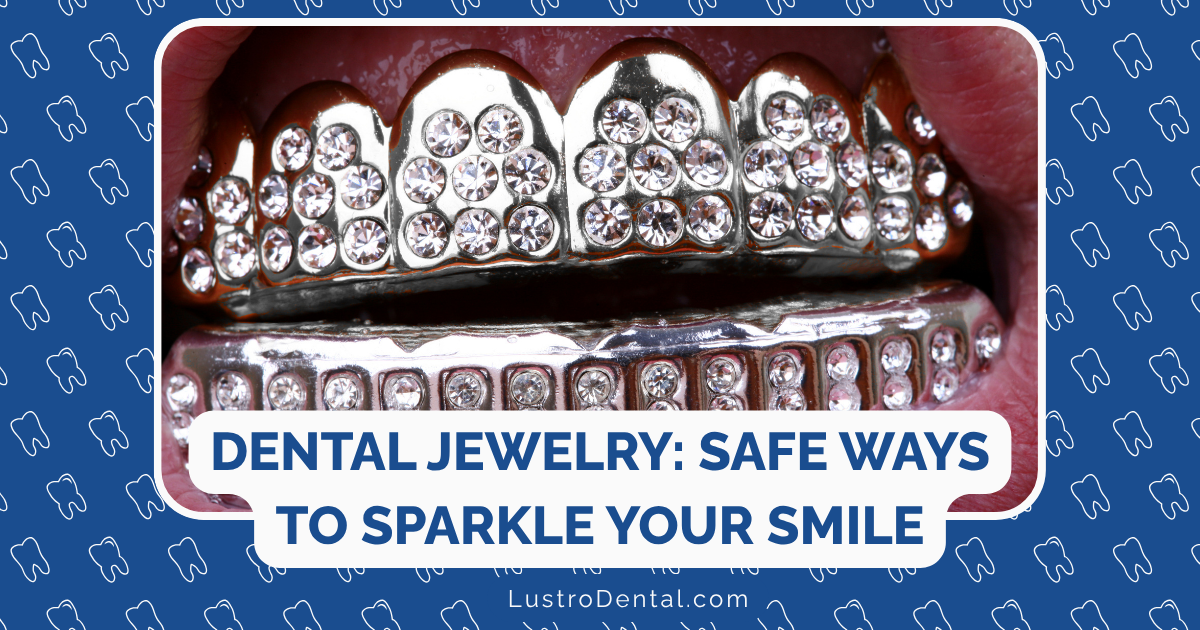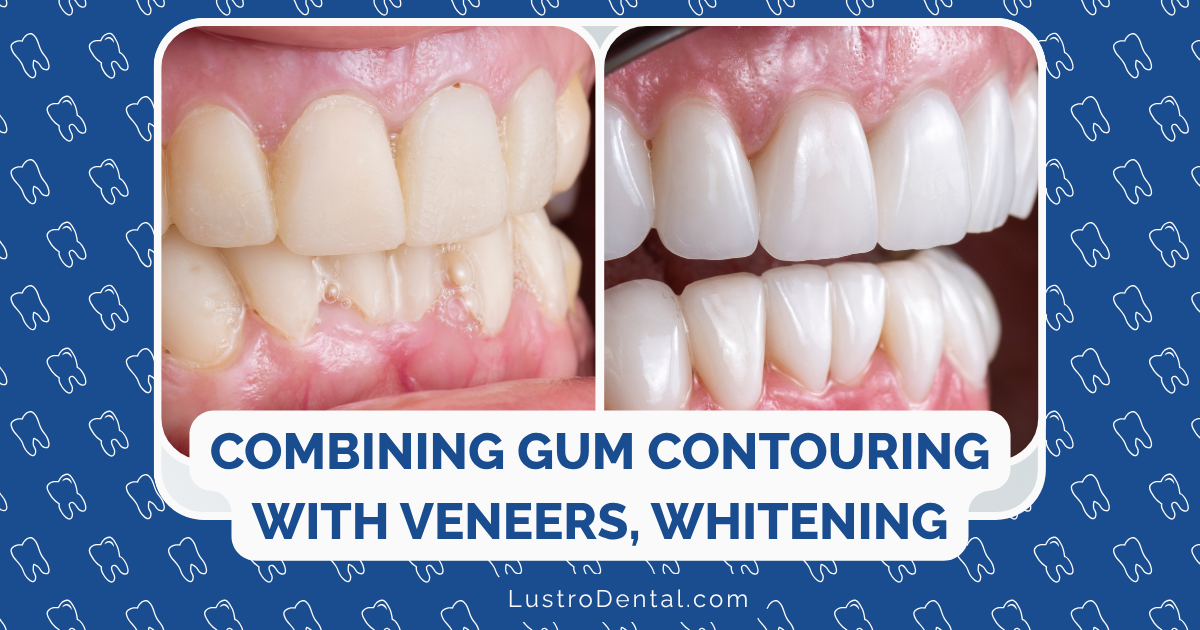The Golden Ratio in Dentistry: How Proper Gum-to-Tooth Proportions Create Beautiful Smiles
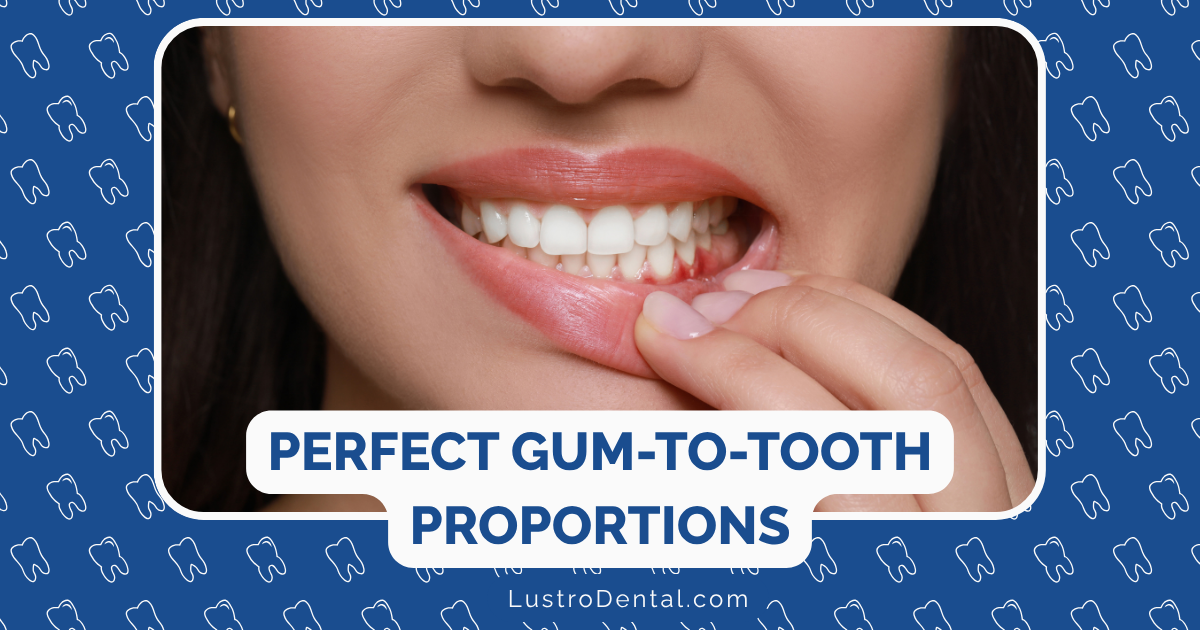
We’ve all seen them—those picture-perfect smiles that seem to radiate harmony and balance. While you might attribute such beauty to straight, white teeth alone, there’s actually a fascinating mathematical principle at work behind truly stunning smiles: the golden ratio. This ancient mathematical concept, found throughout nature and fine art, plays a crucial role in dental aesthetics, particularly in the often-overlooked relationship between gums and teeth.
As a dental health advocate, I find that understanding these principles helps patients make more informed decisions about cosmetic procedures and appreciate the artistry involved in modern dentistry. Let’s explore how the science of proportion creates beautiful smiles and why the gum-to-tooth relationship matters more than you might think.
The Golden Ratio: Nature’s Blueprint for Beauty
The golden ratio (approximately 1.618:1) has fascinated mathematicians, artists, and scientists for centuries. From the spiral of a nautilus shell to the proportions of the human face, this mathematical relationship appears repeatedly in structures we instinctively find beautiful.
In 1973, Dr. Richard Lombardi first applied this concept to dentistry in the Journal of Prosthetic Dentistry, suggesting that the visible width of each tooth from the front view should be approximately 62% of the width of the adjacent tooth. This creates a harmonious progression from central incisors to canines that our eyes find naturally pleasing.
The golden ratio in dentistry isn’t just about tooth-to-tooth relationships, though. It extends to:
- The width-to-height proportions of individual teeth
- The relationship between teeth and surrounding gum tissue
- The overall balance between the smile and facial features
- The curvature of the gum line relative to the lips
Understanding these relationships gives cosmetic dentists a scientific framework for creating smiles that don’t just look “fixed” but appear naturally beautiful.
Ideal Tooth Proportions: The Foundation of Smile Design
Before we dive into gum aesthetics, let’s establish the ideal tooth proportions that serve as the foundation for a harmonious smile:
Width-to-Height Ratio
Research published in the Journal of Prosthetic Dentistry indicates that the most aesthetically pleasing central incisors (your two front teeth) have a width that is approximately 75-80% of their height. In other words, these teeth should be slightly rectangular, being taller than they are wide.
When teeth are too square (width equals height) or too narrow (width significantly less than height), they can appear unnatural, regardless of how white or straight they may be.
Tooth-to-Tooth Proportions
According to the golden proportion concept, when viewed from the front:
- If the lateral incisor (second tooth from center) has a relative value of 1
- The central incisor (front tooth) should have a relative value of 1.618
- The visible portion of the canine (third tooth) should have a relative value of 0.618
This creates a pleasing visual progression from the midline outward. While not every natural smile perfectly follows these proportions, they serve as an important reference point for cosmetic dentistry.
The Critical Role of Gum Aesthetics
Now, let’s focus on what many consider the unsung hero of beautiful smiles: gum tissue. The relationship between gums and teeth dramatically impacts smile aesthetics, yet it’s often overlooked in discussions about smile makeovers.
The Ideal Gum-to-Tooth Relationship
Research from the American Academy of Periodontology suggests these guidelines for optimal gum aesthetics:
- Gum Display: When smiling, no more than 3mm of gum tissue should be visible above the central incisors for most adults. Excessive gum display (known as a “gummy smile”) can detract from dental aesthetics.
- Gingival Zenith Position: The gingival zenith—the highest point of the gum tissue around each tooth—should be positioned differently for each tooth type:
- For central incisors: Slightly distal to the center of the tooth (about 1mm)
- For lateral incisors: At or near the center of the tooth
- For canines: Slightly distal to the center
- Gingival Height Relationships: The gum margins of the central incisors and canines should be at approximately the same level, while the gum margins of the lateral incisors should be about 0.5-2mm lower (more coronal).
- Papilla Height: The triangular piece of gum tissue between teeth (papilla) should fill the space between teeth completely when they’re properly aligned. “Black triangles” where this tissue is missing create an aged or unhealthy appearance.
The Gingival Aesthetic Line (GAL)
The gingival aesthetic line is formed by connecting the gingival zeniths of the central incisor, lateral incisor, and canine. In an aesthetically pleasing smile, this line forms a specific angle relative to the horizontal plane, typically between 84-86 degrees.
This subtle angulation creates visual interest and harmony that contributes significantly to smile beauty. When this line is flat or irregular, the smile can appear artificial or imbalanced.
How Dentists Apply These Principles
Understanding these mathematical relationships is one thing; applying them in real-world dentistry is another. Here’s how dental professionals use these principles to create beautiful smiles:
Digital Smile Design
Modern dentists often use digital smile design software that applies golden ratio principles automatically. By uploading photos of a patient’s face and current smile, the software can generate a preview of ideal proportions tailored to that individual’s unique features.
Dr. Christian Coachman, the pioneer of Digital Smile Design, explains: “We’re not just designing teeth; we’re designing harmony between teeth, gums, lips, and the entire face. The golden ratio helps us create that harmony in a predictable way.”
Gum Contouring
When gum tissue doesn’t follow ideal aesthetic lines, gum contouring (also called gingival sculpting) can reshape the gum line. Using lasers or traditional surgical techniques, dentists can:
- Raise or lower gum margins to create proper tooth proportions
- Correct asymmetries in the gum line
- Reshape the gingival zeniths to their ideal positions
- Address excessive gum display in “gummy” smiles
This procedure is often performed before placing veneers or crowns to establish the proper foundation for the final restorations.
Crown Lengthening
Sometimes, teeth appear too short not because they actually are, but because they’re partially covered by excess gum tissue. Crown lengthening surgically removes this excess tissue and sometimes a small amount of bone to expose more of the tooth structure.
This procedure can transform the appearance of “small teeth” without actually changing the teeth themselves, simply by restoring proper gum-to-tooth proportions.
Interdental Papilla Reconstruction
The small triangles of gum tissue between teeth (papillae) are crucial for aesthetic smiles. When these are missing, “black triangles” appear that age the smile significantly.
Techniques to rebuild these include:
- Specialized bonding procedures
- Tissue grafting
- Orthodontic repositioning to bring teeth closer together
- Hyaluronic acid injections (a newer, less invasive approach)
Real-World Application: Beyond Mathematical Formulas
While these mathematical principles provide excellent guidelines, it’s important to note that they’re not rigid rules. True artistry in cosmetic dentistry comes from knowing when to follow the golden ratio strictly and when to deviate for natural-looking results.
Dr. Stephen Snow introduced the concept of “golden percentage” as an alternative to the strict golden proportion, suggesting that central incisors should occupy 25% of the visual width from canine to canine, laterals 15%, and canines 10%. This approach allows for more flexibility while maintaining aesthetic harmony.
Individual Variations Matter
Several factors influence what proportions will look most natural for a specific individual:
- Face shape: Different face shapes harmonize with slightly different tooth proportions.
- Gender: Feminine smiles typically feature more rounded, softer contours, while masculine smiles often feature slightly more angular forms.
- Age: Younger smiles generally display more of the upper teeth, while aging naturally reduces this display.
- Ethnicity: Research shows that ideal proportions vary slightly among different ethnic groups.
A skilled cosmetic dentist considers all these factors rather than applying a one-size-fits-all approach.
The Psychological Impact of Proper Proportions
The effects of achieving proper gum-to-tooth proportions go far beyond aesthetics. Research published in the Journal of Esthetic and Restorative Dentistry demonstrates that smiles with ideal proportions are perceived as:
- More youthful
- Healthier
- More attractive
- More trustworthy
This perception affects not just how others see us but how we see ourselves. Patients who undergo smile makeovers that address both tooth and gum aesthetics report significant improvements in self-confidence and social comfort.
Sarah, a patient who underwent comprehensive smile design including gum recontouring, shared: “I never realized how much my uneven gum line affected my smile. After treatment, I not only smile more confidently, but my teeth actually look larger and more balanced, even though we didn’t change their size at all.”
Is Your Smile in Proportion?
If you’re curious about how your own smile measures up to these ideal proportions, here are some questions to consider:
- When you smile, do more than 3-4mm of gum tissue show above your upper teeth?
- Do your central incisors (front teeth) appear too short, square, or too narrow?
- Is your gum line uneven, with some teeth having higher or lower gum margins than others?
- Do you have “black triangles” where the gum tissue doesn’t fill the spaces between teeth?
- Does your smile appear asymmetrical, with the gum line higher on one side than the other?
If you answered yes to any of these questions, you might benefit from a consultation with a cosmetic dentist who specializes in comprehensive smile design.
Finding the Right Dental Professional
Not all dentists have the same level of training in aesthetic principles. If you’re considering treatment to improve your smile proportions, look for a dentist who:
- Has specific training in aesthetic dentistry (such as membership in the American Academy of Cosmetic Dentistry)
- Can show before-and-after cases similar to yours
- Uses digital smile design technology
- Discusses gum aesthetics, not just teeth
- Takes a comprehensive approach to smile design
Conclusion: The Art and Science of Beautiful Smiles
The golden ratio in dentistry represents the perfect marriage of art and science. By understanding and applying these mathematical principles to both teeth and gums, dental professionals can create smiles that appear naturally beautiful rather than artificially perfect.
The next time you admire someone’s stunning smile, remember that it’s not just about white, straight teeth. The subtle relationship between gums and teeth, guided by ancient mathematical principles, plays a crucial role in creating that harmony and balance that we instinctively recognize as beautiful.
Whether you’re considering cosmetic dental work or simply appreciating the science behind beautiful smiles, understanding these principles gives you a deeper appreciation for the complexity and artistry involved in modern aesthetic dentistry.
Have you had cosmetic dental work that addressed gum aesthetics? Share your experience in the comments below.


